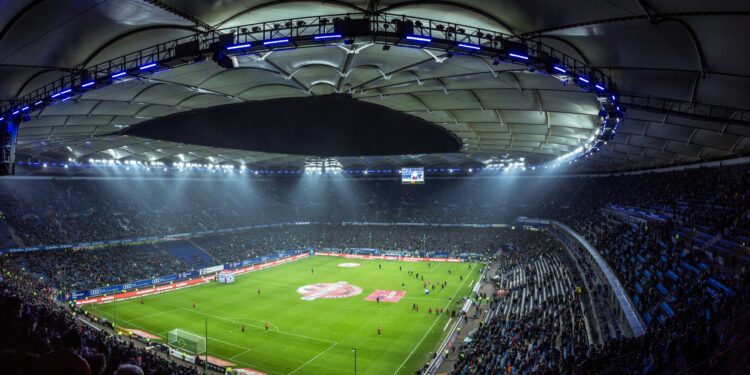What This Season’s Success Means for the Future of the FIFA Club World Cup

This summer, the United States is hosting an unprecedented football spectacle: the expanded FIFA Club World Cup. What we’re witnessing isn’t just a bigger tournament. It’s also a significant transformation of club football itself, bringing together 32 elite teams from every corner of the globe.
If this inaugural expanded edition lives up to its promise – and early signs suggest it’s a hit – its success could fundamentally reshape the international club calendar for years to come.
The Road from Seven to 32
This new, larger format of the Club World Cup marks a decisive step in club football’s evolution, truly transforming it from a compact annual seven-team event into a sprawling, true global championship. The journey to this 32-team setup, initially championed by FIFA, involved years of discussion and a clear strategic shift to elevate club football’s premier global showcase.
The decision focused on expanding representation from all six confederations, moving away from the previous winner-takes-all model for qualification, to one that rewarded recent continental champions and top-ranked clubs over a four-year cycle.
This new system, however, brought some interesting quirks. For instance, while powerhouses like Real Madrid and Manchester City secured their spots through Champions League victories, the four-team “country cap” rule meant some big names didn’t make the cut despite their club’s ranking.
Think about how that rule affected teams – had it been different, we might have seen additional European giants who performed strongly but were locked out because their domestic rivals already claimed the limited slots.
These technicalities, while ensuring broad confederation representation, led to some fascinating discussions among fans and clubs about who “deserved” to be there versus who ultimately qualified under the new criteria. It’s a bold departure, reflecting FIFA’s ambition to create a genuinely inclusive, yet fiercely competitive, global club spectacle.
Opening Doors: A Global Stage for Every Club
At its heart, this revamped FIFA Club World Cup aims to be more than just another trophy. It’s a genuine effort to give clubs beyond Europe a much-needed chance to showcase their talent on the grandest stage. For years, the original format often felt like a quick European coronation.
Now, teams from across the six FIFA confederations have extended opportunities to prove their mettle against global giants, creating more compelling matchups and allowing diverse playing styles to shine.
This inclusivity is a big part of why FIFA is so keen on its success, and why many clubs worldwide are embracing the vision – it’s about leveling the playing field, even just for a month.
The Calendar Crunch: Concerns for Player Health & Club Commitments
Expanding such a colossal tournament doesn’t come without its challenges, and this is where the debate truly heats up. The biggest elephant in the room is the implications for the global club calendar.
Players are already navigating packed schedules, particularly after a long European season. Concerns about player health and fatigue are constantly voiced by managers and player associations alike.
Fitting more matches into an already crowded year means increased demands on athletes, potential for more injuries, and intensified arguments between clubs and national teams over player availability. It’s an ongoing, complex discussion among football bodies, trying to balance commercial ambition with player welfare as the FIFA Club World Cup grows.
FIFA Club World Cup: The 2029 Vision & Beyond
The conversations are already buzzing about the future of the FIFA Club World Cup. There’s talk of even further expansion planned for 2029 if this season’s tournament truly succeeds. FIFA has openly welcomed the idea of this event’s growth, and reports suggest a move towards a 48-team expansion could be on the table.
Imagine the excitement and the global footprint of a competition that size! It’s a clear signal that the governing body sees this as a tentpole event for the sport’s global development, keen to build on the momentum of this current edition.
Read Also: A New Era for Club Football: The FIFA Club World Cup 2025 Arrives








